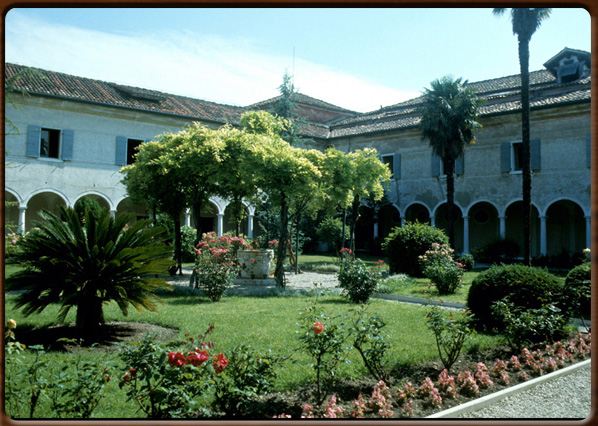San Lazzaro degli Armeni is a small green oasis to the South of the lagoon. The entire island has belonged to an Armenian monastery since the 18th Century.
In the 12th Century it was a leper colony (St. Lazarus being the patron saint of lepers).
In 1717 a monk, Manug di Pietro, settled there, known as the “Mechitar”, the consoler, who had been forced to leave his native land, Morea, after the Turk invasions.
The Venetian governors always warmly welcomed foreigners and so granted the monk the use of San Lazzaro as a refuge. Mechitar founded a religious Order here and, with the aid of other Armenians in Venice, built a monastery with a church, library, study room, gardens and orchards. The island quickly became a centre for the study and diffusion of the Armenian culture.
Today visitors can see the church, art collection, library and museum containing Armenian, Greek, Indian and Egyptian artefacts. The museum contains one of the best conserved Egyptian mummies in the world. The English poet, Lord Byron, used to sail to the island in 1816.
The room where he worked (and full of curios) has been jealously conserved.





